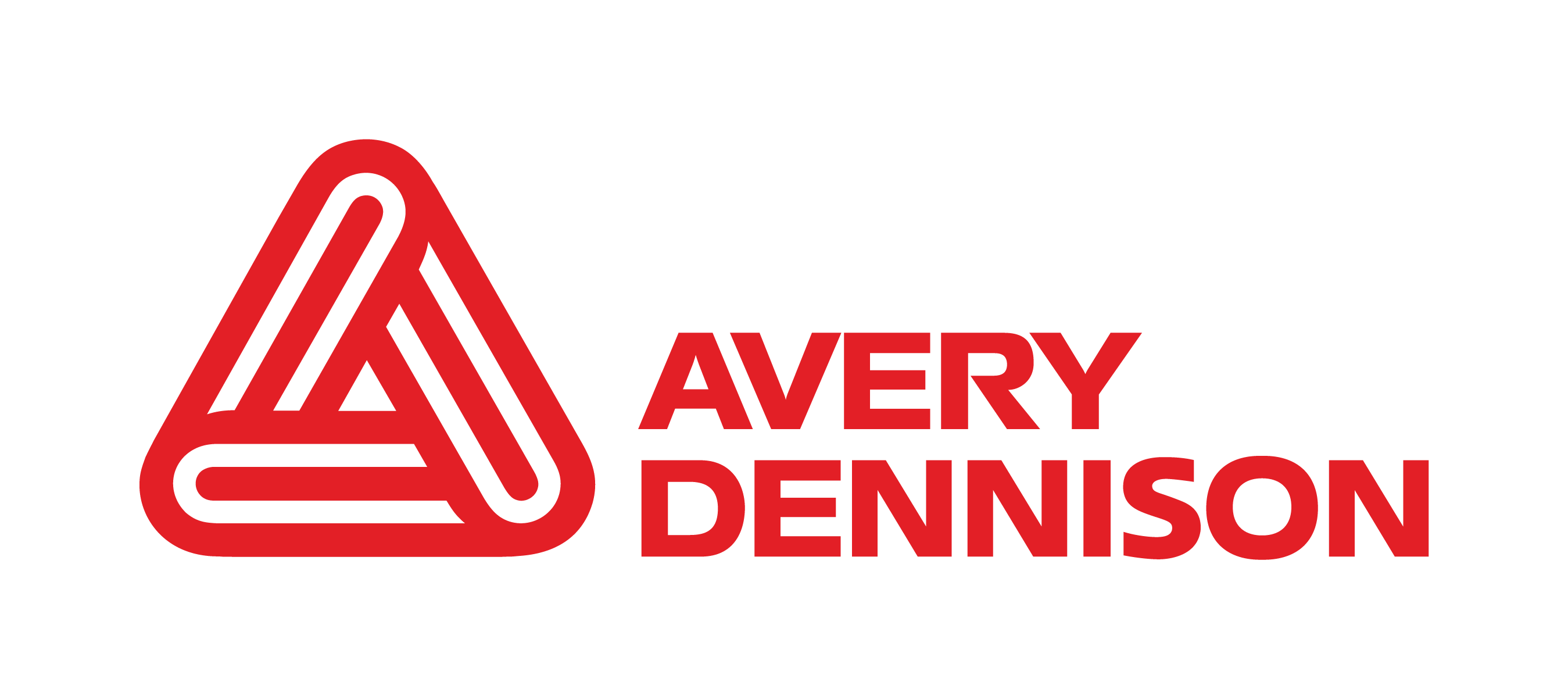From incentivizing desired behaviors - such as recycling - and motivating continued purchases, to tracking the package from cradle to grave, we can use digitally-enabled labels to build on the consumer experience while simultaneously increasing market share and supporting crucial sustainability goals. Imagine a future scenario whereby a combination of the physical and digital label can give a consumer a full history of the company, of the product, or of the preferred recycling options - and that’s on every shower gel bottle.
At the same time, they also need to endure the product’s lifespan, often in challenging environments such as the shower, under the sink, next to other corrosive or degenerative household solutions. It’s why there’s not a one-size-fits all solution. We don’t have, for example, a ‘most sustainable option’. A label that enables sustainability on one package, could hinder it on another.



